What Is ASMR and How Does It Work? Examples and Relaxing Effects
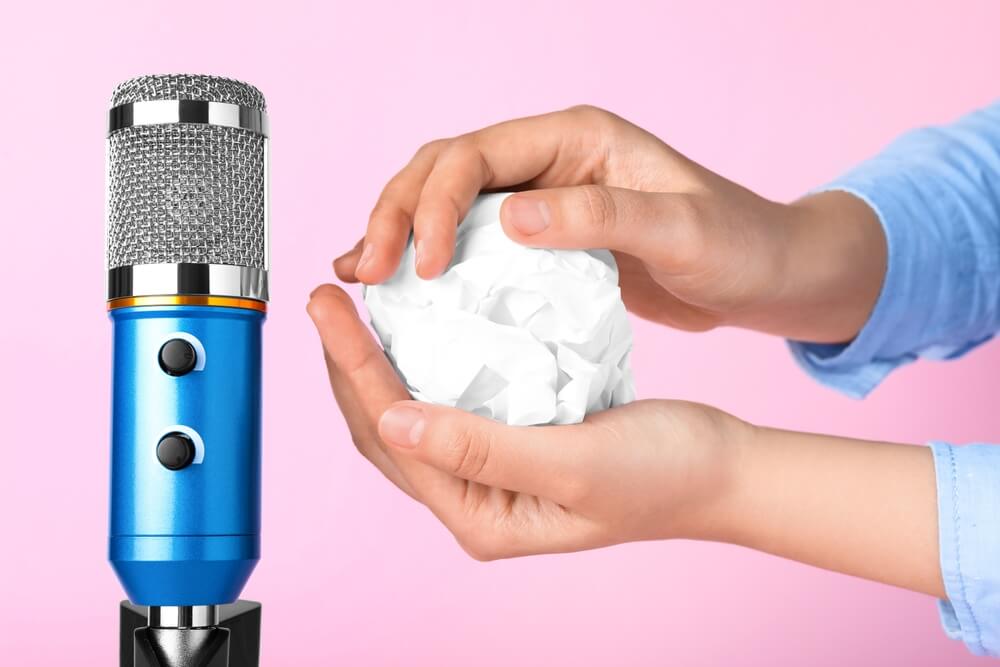
If the voice of someone whispering gives you a weird, tingling sensation in your neck and scalp, you might already know the answer to the “what is ASMR” question. Autonomous sensory median response can help you to sleep better.
Here are more details about ASMR meaning and information about this phenomenon!
Contents:
- What Is ASMR
- Types of ASMR
- How Does ASMR Work? Effects and Benefits
- Can It Be Bad?
- How Do People Know If They Have ASMR?
- Why Is It So Popular? Why Do People Watch ASMR Videos?
- Examples of ASMR
- How to Use ASMR?
- FAQs
What Is ASMR

Andrey_Popov/Shutterstock.com
The full name of the ASMR abbreviation is an autonomous sensory meridian response. Here’s a dive into the term’s etymology:
- Autonomous. It’s a spontaneous body reaction.
- Sensory. It has to do with sensations and senses.
- Meridian. The word indicates a high point, climax, or peak.
- Response. It’s a reaction to another trigger.
ASMR is how our body responds to specific triggers in a way to experience a high point of sensations.
The full definition indicates that triggers could be visual, auditory, physical, or combined, and the reaction they provide is something like static or tingling in the back of the head and down the back. ASMR refers to pleasurable feelings that an individual enjoys.
Origin and the Real Meaning of ASMR
Jennifer Allen is the person who devised this term. That happened in 2010 when she noticed that specific videos could calm her and put her in a positive mood. After she noticed a pattern, Jennifer looked online and discovered that others had a similar reaction to the same stimuli. She wanted this particular experience to get a unique name, and that’s how she coined ASMR.
What Does ASMR Mean in Slang?
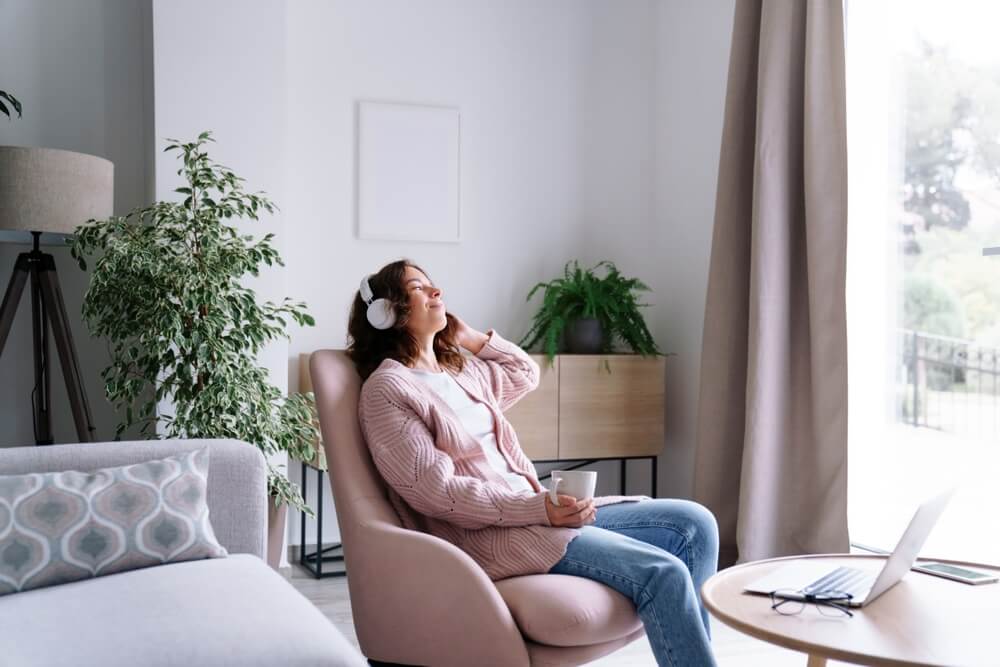
Marina April/Shutterstock.com
The term ASMR became popular online, and the community accepted it. It’s been over a decade, and people now report that different ASMR content types trigger reactions like goosebumps or tingling. The phrase means exactly the same in slang as it does in scientific circles. Individuals who experience ASMR are happier to have an actual term to use to describe the sensation.
What Does ASMR Mean on TikTok?
TikTok is a social media that focuses on video content. Users share posts where they describe their ASMR experiences. Others, however, post whispering or other videos they believe could help those trying to reap the benefits of this response. If you or your kid use TikTok and encounter the abbreviation, the odds are it refers to this experience.
Types of ASMR
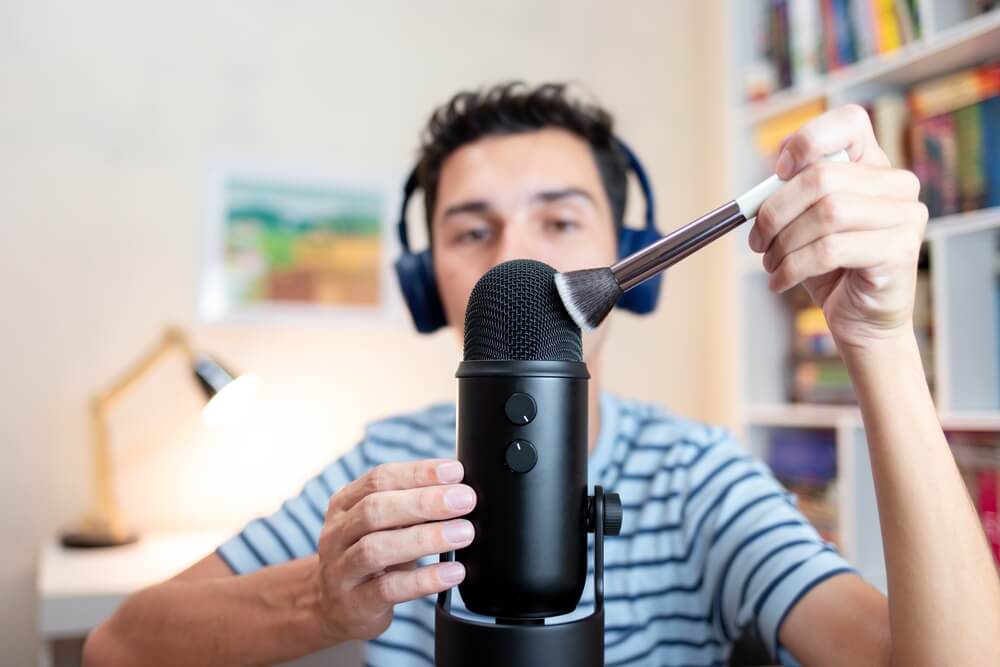
Marciobnws/Shutterstock.com
Experts divided ASMR into three different categories depending on what triggered a person’s reaction. Here are the main types:
- Auditory. It’s the most common ASMR type that includes reactions to sounds around you. These can be anything that triggers relaxation or tingling. For some people, it’s whispering; for others, it’s the gentle sound of the waves. Many incorporate this in their office to promote calmness and maintain a good mood at work.
- Tactile. We describe these as physical triggers that activate pleasurable reactions. It could be using a plush pillow or using a rocking chair. Tactile ASMR makes the person more comfortable and helps decrease stress.
- Visual. If watching a video or an image relaxes you, that could be visual ASMR. Some employers implement certain colors in office spaces or look for visual harmony to promote productivity and mood among the staff.
How Does ASMR Work? Effects and Benefits
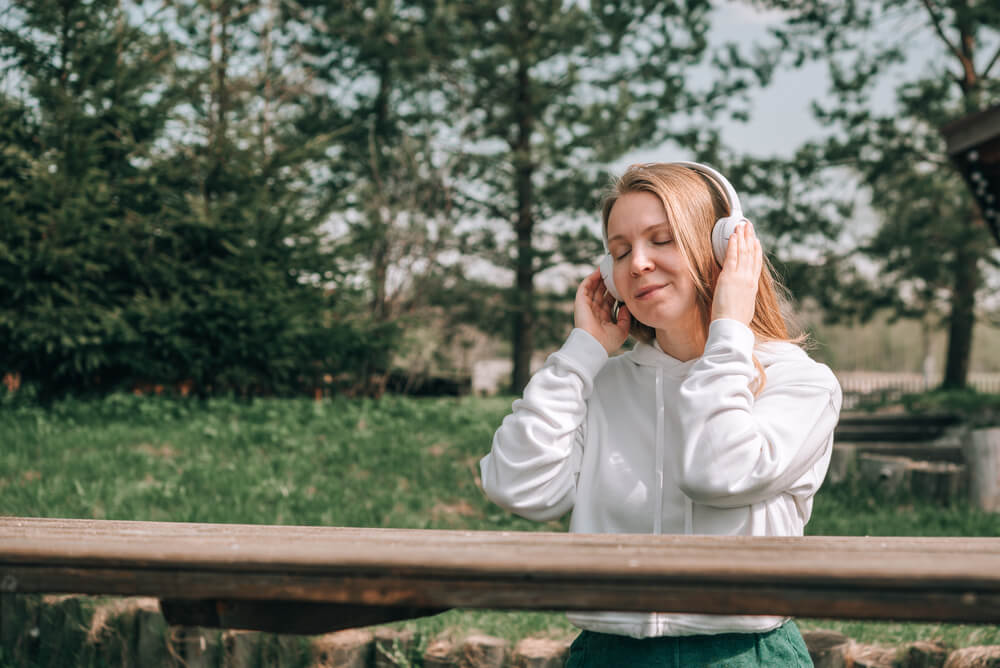
OlegKovalevichh/Shutterstock.com
According to experts, ASMR is a simple reaction to a particular stimulation. There’s no exact science yet, but there’s no doubt that ASMR content triggers a specific mental response in some people. It interacts with the brain, especially areas connected to emotional arousal and reward activation.
ASMR isn’t about causing a sexual emotion. Although some content might be sexual, most people report non-sexual content enhancing their mood, such as stirring liquid in a bowl or listening to the rain falling.
ASMR triggers the release of dopamine, which is a feel-good hormone and can place you in a state of slight euphoria.
As for ASMR benefits, they could be the following:
- Feeling more relaxed. Many people incorporate ASMR content into their bedtime routine to fall asleep sooner.
- Promoting a positive mood. If you could use a lift, ASMR content could enhance your overall mood and make you calmer.
- Potential pain relief. Thanks to ASMR content, you might experience temporary pain relief, especially since it helps you not think about the pain that much.
- Decreasing stress and anxiety. If you are feeling nervous or like you are dealing with anxiety at the moment, ASMR could help calm you down.
Can It Be Bad?
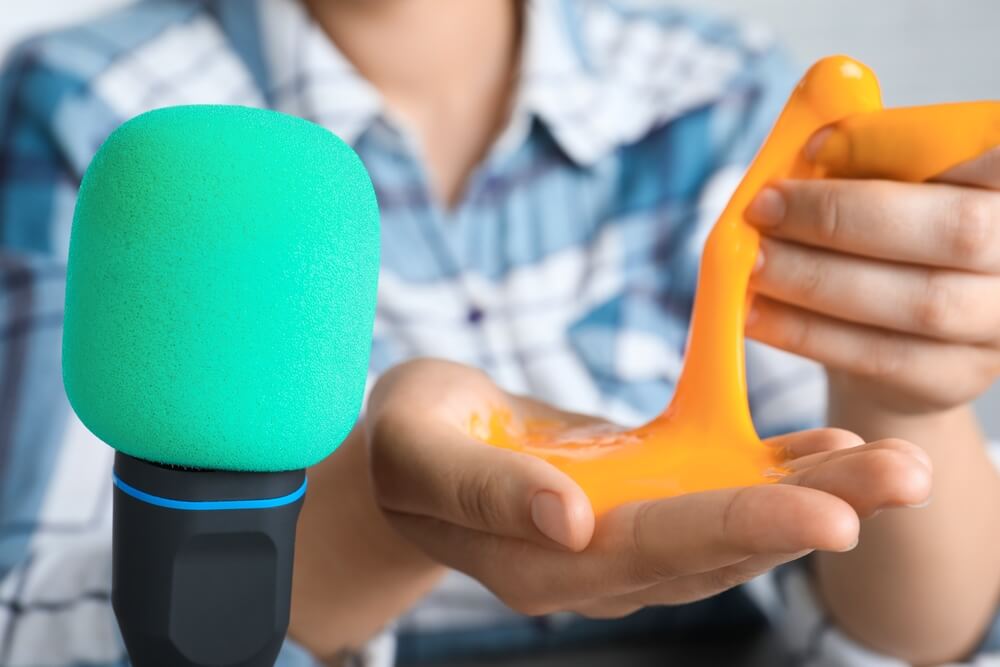
New Africa/Shutterstock.com
ASMR is an intriguing phenomenon. While it’s positive at its core, it’s necessary to use it properly. Inadequate use could lead to negative side effects.
Here are some examples of how ASMR can turn out to be bad:
- The content used isn’t appropriate. If you browse ASMR videos, you can see some in explicit or otherwise unsuitable form, such as using foul language or otherwise inappropriate content.
- You aren’t using the right triggers. The subjective feeling was that you felt better at first, but the videos you are watching now trigger anger, sadness, or discomfort. If those are the emotions that you are feeling, find another trigger because your goal is pleasure.
- You developed an addiction. It’s possible that you have overstimulated and need some rest from ASMR content. If it’s only ASMR that has the impact to make you feel better, perhaps you’ve developed an addiction. If you notice those symptoms, we suggest considering professional help.
Kids, just like adults, may enjoy watching such videos. However, to ensure your child doesn’t encounter unsafe or age-inappropriate content, you need to monitor their gadget usage. Install the Kids350 app—it helps you block dangerous websites, limit access to games and apps, and create a healthy schedule for phone use!
How Do People Know If They Have ASMR?
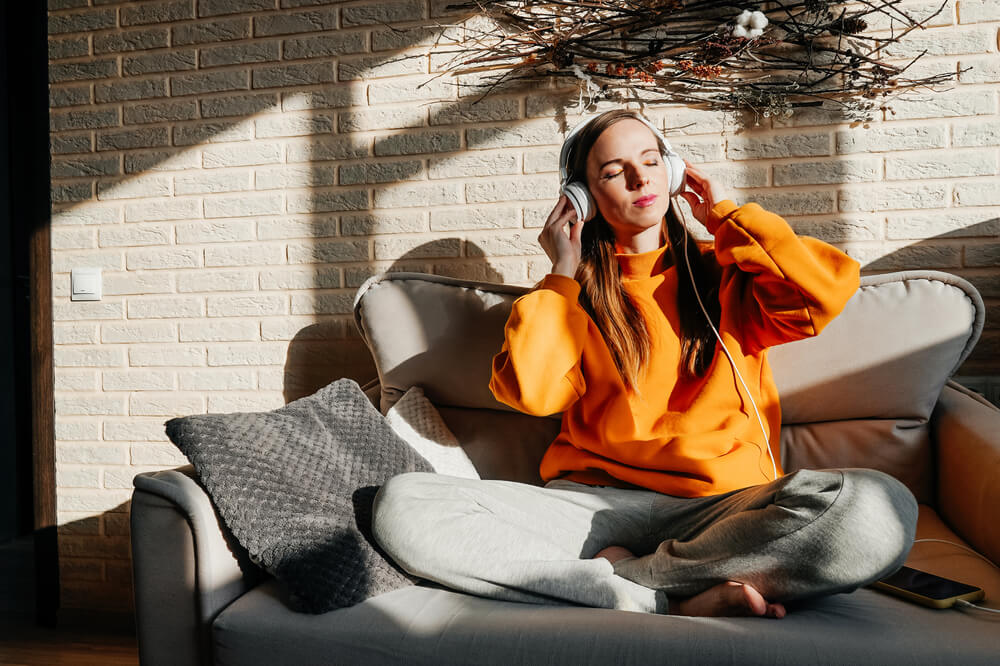
Tatiana Maksimova/Shutterstock.com
Many people discover the stimuli that cause ASMR by accident. For example, you could encounter a video where someone is whispering. It’s then that you realize that’s what gave you tingling. Some individuals might start tapping their fingertips on the glass and discover that it gives them goosebumps. The combination of the sound and image of the rain falling could also trigger a distinct reaction known as ASMR.
You can find different experiences of how people discovered and associated certain triggers with ASMR. Some became aware at the kindergarten that they are sensitive to physical touch. Others were browsing the web when they found that a particular video leads them to feeling relaxed.
If you find that particular stimuli make you experience intense feelings, we suggest digging deeper. Let’s say that it’s whispering that triggers your ASMR. Consider watching different videos to see what types of whispering are the best choices to make you feel relaxed. That will put you in control and help you make the most out of your ASMR.
Why Some People Are More Sensitive to ASMR Triggers
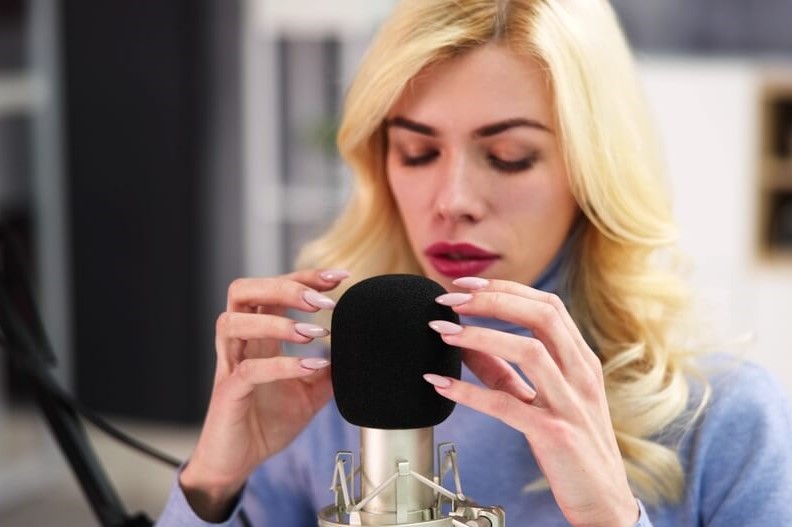
Andrey_Popov/Shutterstock.com
Some experts argue that people with a bigger neuroticism tendency are also more open to experiencing ASMR. Neuroticism is characterized by a bigger chance of experiencing anxiety and stress since it’s related to the activation of those particular brain regions. Fortunately, that also makes you more open to ASMR, which could help achieve a reduced stress level.
According to studies, specific gene sequences make you more sensitive to ASMR. For example, some people find whispering to only lead to low-grade relaxation, while others react more intensely and use it as a powerful tool to feel better.
Why Is It So Popular? Why Do People Watch ASMR Videos?

AnnaStills/Shutterstock.com
It is clear why people find ASMR videos so popular. The idea of inducing relaxation and positive feelings attracts them to this content. Depending on your triggers, you can look forward to ASMR improving your mood regardless of the location. If you feel stressed at work, a 5-minute break and watching ASMR videos enhances your mood and gives you energy for the remaining challenges throughout the day.
Examples of ASMR
If you aren’t experiencing ASMR or still haven’t found your trigger, it could be more difficult to understand it. In the following list, we give you ASMR examples that people have reported to trigger this sensation:
- Whispering. You can find many YouTube videos of people whispering in the camera for minutes. Viewers claim that they become calmer and experience a slowed heart rate after they listen to whispering, even for a little while.
- Tapping. It’s worth noting that some forms of tapping could relieve stress while others promote it. Depending on the person, the relief could be felt by tapping nails on wood or glass or tapping in a specific rhythm.
- Hair play. Some people relax when playing with hair, whether theirs or another person’s. You might notice that the hairdresser brushing your hair triggers ASMR symptoms, too.
- Rainfalls. Have you ever caught yourself listening to the rain falling and enjoying yourself? Some people find sounds enough, while others prefer the entire audiovisual experience, especially when looking through a glass window.
How to Use ASMR?
The purpose of ASMR is to help people feel or sleep better. It’s more often for individuals to use it after work or at night. Many find ASMR content relaxing while getting ready to fall asleep.
Here’s a simple guide that can help you take advantage of ASMR when you need it:
- Identify what gives you relief. Triggers are different and largely individual. It doesn’t matter if somebody finds it weird—the important thing is that they work for you.
- Get everything ready. Perhaps there’s a video you’ve used multiple times and experienced feelings of relaxation. Maybe it’s a particular sound or squeezing an item. Either way, make sure to get all the items ready—nothing should harm your comfort once the process starts.
- Make sure the environment is comfortable. We suggest eliminating any distractions, including phones, other screens, and other individuals. If you use video content, consider wearing glasses that block blue light.
- Establish a routine you’ll follow. It helps to set a clear routine that you’ll follow each day. Some examples include routine care for your skin, meditation, and putting on pajamas.
Once the routine starts, remember to focus on it. Be aware of the moment and forget about any problems. You should notice feeling relaxed and sleepy soon.
If you’d like to help your kid relax, limiting their screen time could be a smart move. Thanks to the Kids360 parental control app, you can restrict the time your child spends on their digital device or specific apps. It’s possible to create timetables, add tasks to extend screen time, and lock specific apps. Kids360 is available on iOS and Android, and the app is free.
ASMR Can Be a Powerful Tool
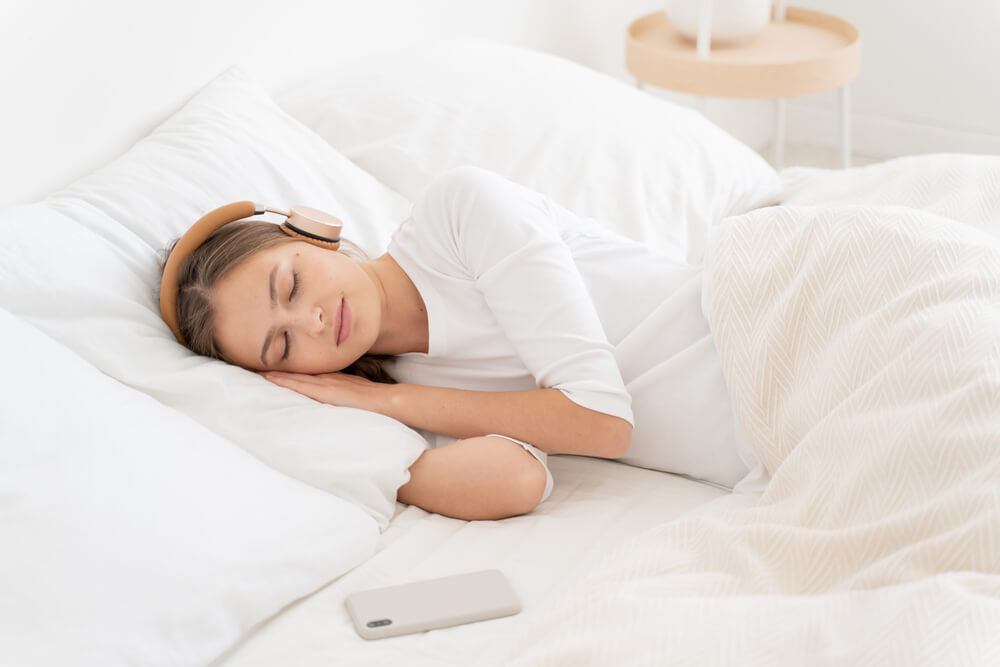
Damir Khabirov/Shutterstock.com
Providing that you know how to use it, ASMR can be a powerful tool to help you feel calmer or better. Some examples of times to use it include after a tiresome day, when you are under stress, or if you need to relax before sleep.
Parents can work together with children to figure out what their ASMR triggers are. It’s important to be moderate when using ASMR content. That’s the right path to calming down your child when they need relaxation and helping them to feel better.
What are your experiences regarding ASMR? Have you found some unique triggers we haven’t mentioned in the articles? Don’t hesitate to share or ask questions in the comments—let’s learn more about ASMR together!
FAQs
Is ASMR Healthy for the Brain?
ASMR can reduce heart rate and cortisol levels, which decreases stress and anxiety. Therefore, it is safe for the brain as long as the content you use doesn’t contain offensive language, misleading info, or other problematic details.
Can I Listen to ASMR to Fall Asleep?
Yes, many people use ASMR techniques and content to sleep better and fall asleep faster. After identifying your triggers, create a peaceful and comfortable environment before playing ASMR examples.
Is There Any Science Behind ASMR?
Some research indicates that ASMR could lead to the release of the feel-good hormone called dopamine. As a relatively new phenomenon, ASMR requires more studies to draw reliable conclusions.
Does ASMR Help You Study?
ASMR can assist in feeling less stressed and promote calmness. That can help children to relax, study better, and become more productive.
The picture on the front page: New Africa/Shutterstock.com
Проверьте электронный ящик



















